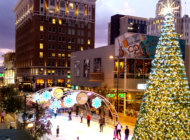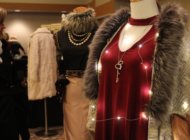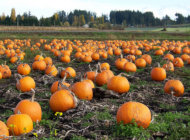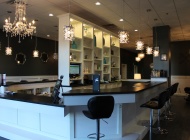
Photo courtesy of Sarah Kocher
Most of us decorate one tree for the holiday season.
By their count, the Sioux Falls Parks and Recreation Department decorates 271.
Add to that 273 light poles, and the grand total comes to 355,926 LED lights. It takes 26.3 miles of light strings and 2.51 miles of extension cords to decorate Falls Park every winter.
And, according to Falls Park Visitors Center employee Heidi Hesvik, all this hardware brings in just as many people. Last weekend, the Visitor Center counted 510 people between 5-10 p.m. on Friday, December 18, 1,492 people from 9 a.m.-9 p.m. on Saturday, and 924 people from 10 a.m.-10 p.m. on Sunday, December 20.
“We will leave here on the weekends at 10 p.m. and there are cars still lined up, coming into the park,” Heidi said.
District Parks Supervisor Bryan Sargent says this is year thirteen for the Falls Park annual Winter Wonderland. And despite the easy, celebratory vibe the lighted park exudes, the preparation is anything but effortless.
“We start the actual decorating—putting lights in trees—the first full week of October, typically,” Bryan says.
But even before that, there’s work to be done. The parks maintenance crew begins in the summer months with seasonal crews. When they aren’t mowing for weather reasons, they are working with the lights.
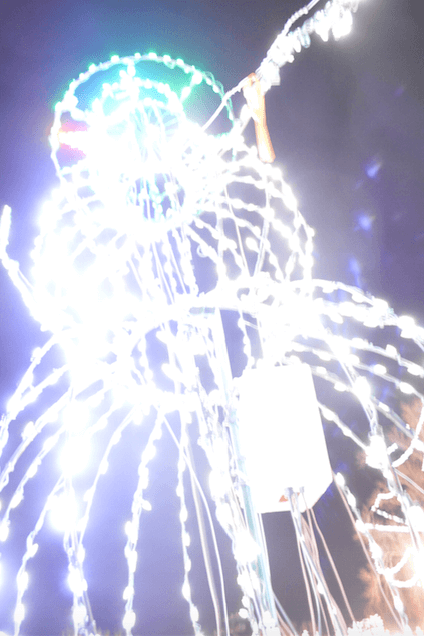
Photo courtesy of Sarah Kocher
“We will spend four hours a day starting to test the lights and going through everything to make sure it works when we put it up,” Bryan said.
After all, it has to take a while to test 26.3 miles of light cords. And after thirteen years of the routine, Bryan says the staff members that work with the Winter Wonderland equipment have specialties.
“Most all of our maintenance staff help in some way or another,” Bryan said, estimating that this includes 40 people throughout the course of the year. “We’ve done it for so long now that people are assigned certain items…. It may be putting garlands up on light poles. There may be three or four people that that’s just what they do and then they’re done.”

Photo courtesy of Sarah Kocher
Throughout the course of the fall, then, the lights are tested, strung up, tested, repaired, tested again, and then continually tested throughout the winter. And now that the lights have all made the switch to LED, both the replacements and the power supply have decreased.
“They’re getting better and better,” Bryan said. His problem now?
“We don’t have as much issue with the lights going bad as squirrels eating through the wires.”













